Magazine publishing can be a fickle business. For every Vogue, Rolling Stone, Country Life, or Spectator there’ve been a hundred hopeful titles that spring up to latch on eagerly to a new trend or topic. Old hands in the business know most new mags, especially if independently published, will vanish after their third issue, as their backers realise they don’t make any economic sense whatsoever… or the printer’s lawyer closes in over unpaid bills.
Take, for example, the Brooklands Gazette. First published in 1924, the typical pattern seemed certain as it changed its name to Motor Sport after just one year. Perhaps the world of rich aristocrats racing expensive cars at the weekend really didn’t translate its allure to the bookstall shelves.

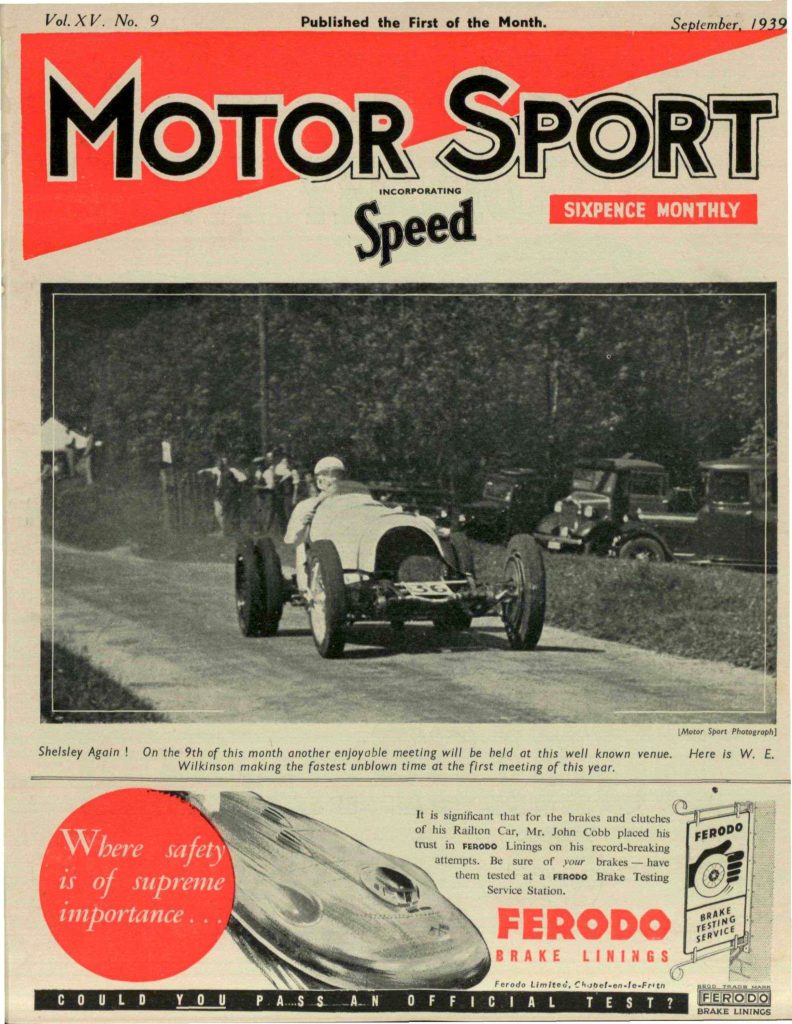
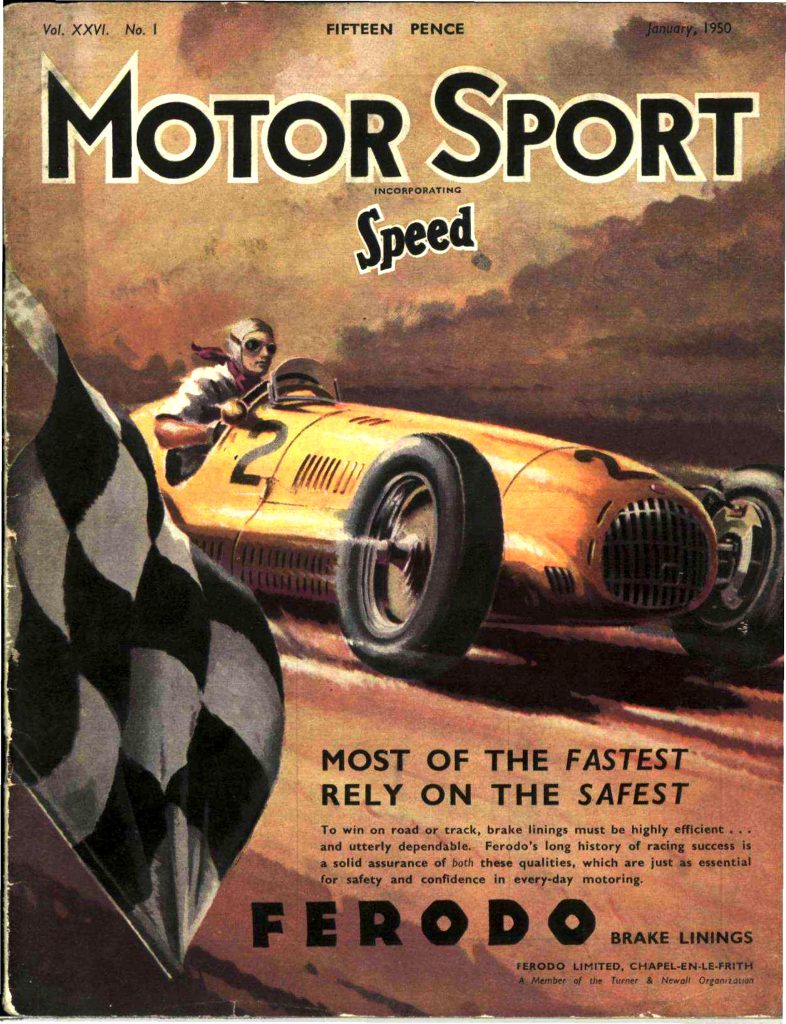
Motor Sport, though, survived, then thrived, then prospered, and in the 1950s era of Formula 1’s foundation, it absolutely boomed in unison with the exhaust notes of Ferrari, Mercedes-Benz, and Vanwall. This year it celebrates a rather extraordinary centenary. Yet although its distinctive green masthead and attention-grabbing covers are a fixture at newsagents everywhere, it’s actually the magazine’s many eccentricities that have seen it stay consistently current.
For instance, amazingly it had the same editor from 1936 until 1991, William Boddy, although it was often hard-pressed deputies and assistants who did the graft while he communicated, huffily, by post from a tumbledown country house in Wales. It had a star race reporter in the form of Denis Jenkinson – the man who co-drove Stirling Moss to victory on the 1955 Mille Miglia – who could be equally grumpy, and who lived in a squalor hinted at by his unkempt appearance. Most importantly of all, Motor Sport had its home from 1936 at a company owned by the eccentric Wesley J Tee, essentially a printer of hymnbooks whose threadbare premises near London’s Old Street spoke volumes about his penny-pinching, if highly successful, business methods. If it wasn’t for this disjointed triumvirate, who knows how long Motor Sport would have lasted?
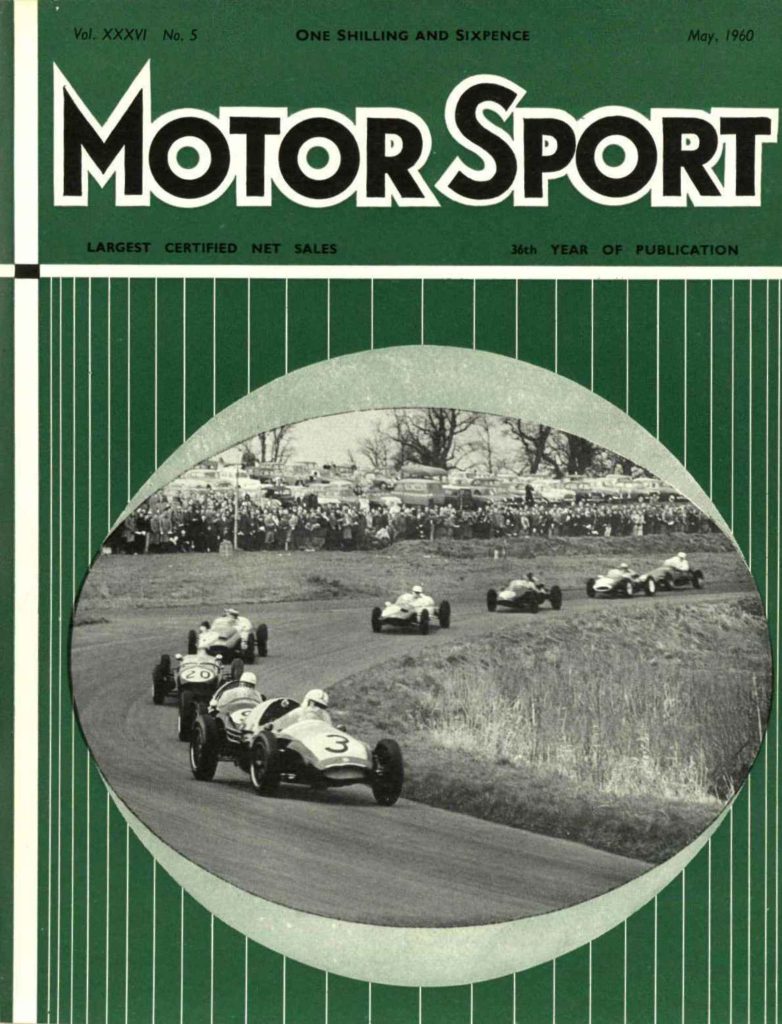
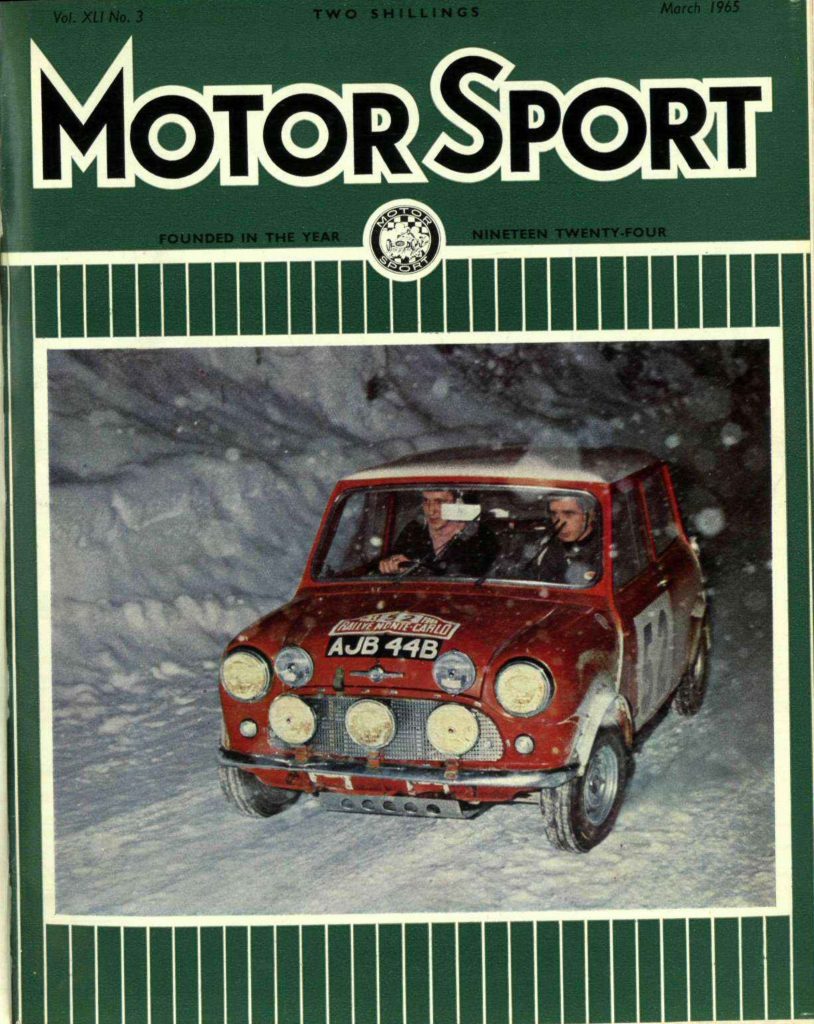
In its golden 1950s and ‘60s era, Motor Sport offered tons of great reading every month. Not that it was obvious to the uninitiated, with page after page of dense text (articles often wouldn’t fit their space and had to be continued at the back, as the two wordsmiths would not have their copy cut), no obvious elan in picture-editing, dull covers hardly reflecting the flashing excitement of motor racing itself, and content full of Boddy’s personal obsessions with arcane prewar cars.
Motor Sport today, under the aegis of editor Joe Dunn, carries its heritage inside a far more accomplished package in terms of what we publishing folk call ‘magazine craft’. It is beautifully written, art-directed, paced, and packaged (no more ‘cont on p127’…). “In an age of clickbait headlines, viral TikTok videos, and hot takes on social media that disappear as quickly as they materialise, Motor Sport takes a more considered view,” Joe told me. “We are a ‘lean back’ read, adding context and analysis for our knowledgeable readers, which rewards engagement time.”
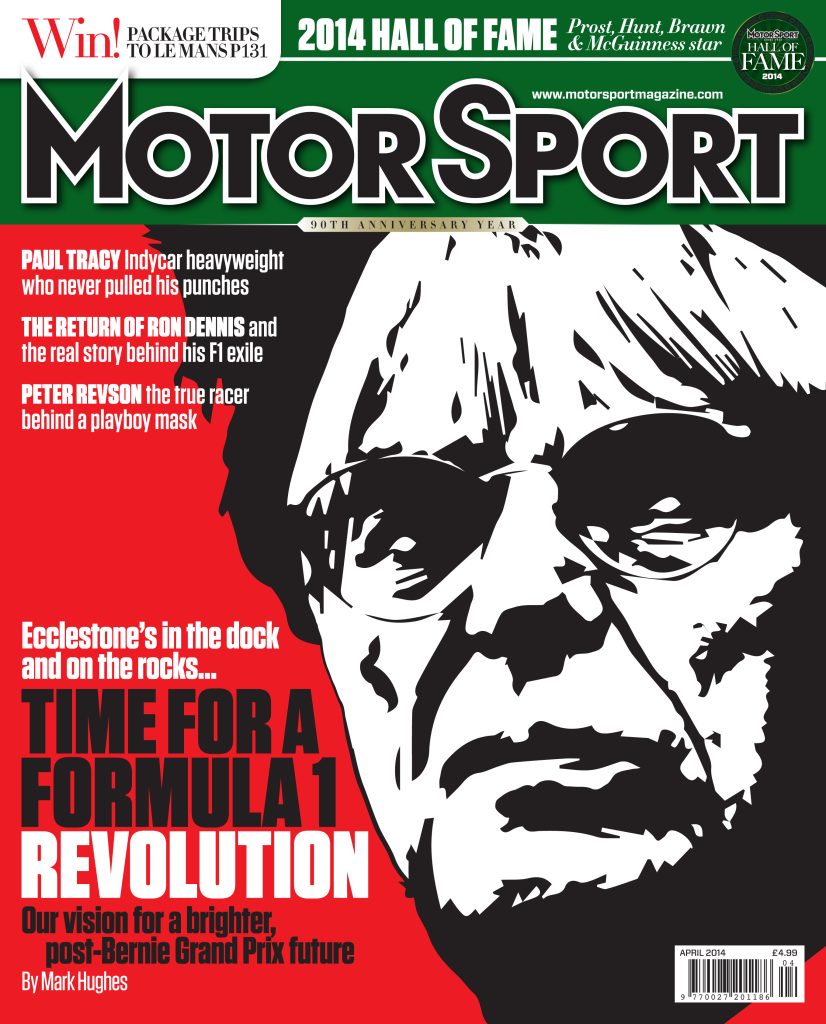
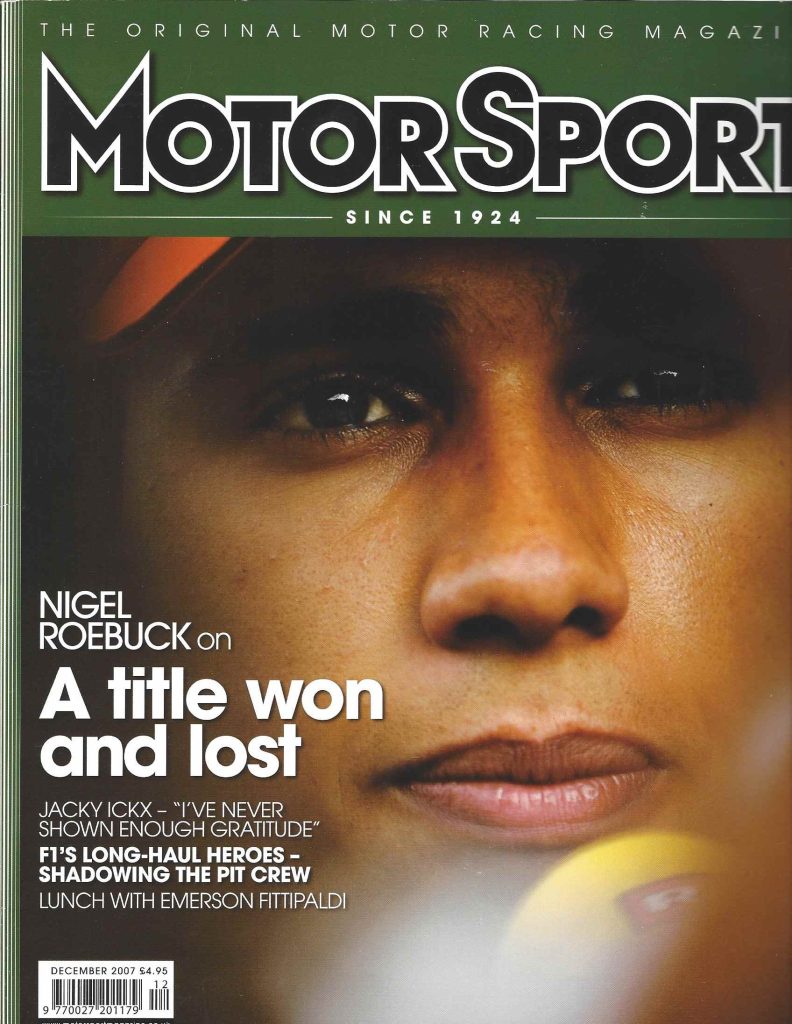
Motor Sport is holding its own, and for the past two years its circulation has been increasing. The magazine is fortunate to be under private ownership, because humming along nicely with small gains is not enough for public companies or private-equity firms. Their automotive magazine brands have to be sweated hard to produce results, and with so much traditional-style advertising migrating online (right up until the early 1980s, the small ads in Motor Sport were where the finest vintage and classic cars were horse-traded), they buckle under the pressure. In the USA, for example, Autoweek first went fortnightly, and then in 2019 it closed.. A year later, Automobile shut down and Road & Track went bi-monthly, and now Car and Driver is going bi-monthly too. In the process, both R&T and C/D have shed pages, so that each lacks the satisfying thwack they once had when dropping them on a table.
The carnage in the UK seems less brutal, but the struggle to keep putting paper-based entertainment in car enthusiasts’ hands each month is getting much harder. Exponent Private Equity, the owner of car mag publisher Autovia, which includes titles like the weekly Auto Express and monthly fast car organ EVO, couldn’t resist the chance to offload its opulent Octane glossy just before Christmas. In a telling move, it was sold back to two of its founders, Geoff Love and David Lillywhite, who intend to run it alongside their sumptuous quarterly Magneto. It’s actually the spirit of Motor Sport all over again: small, targeted, ingenious, and, I’d imagine, taut if not actual tight purse-strings. Even if quite a lot of us still love to relax in our hammocks with a G&T and a car mag, circulations have dropped and attention has drifted to myriad web-based destinations like, well, like Hagerty…


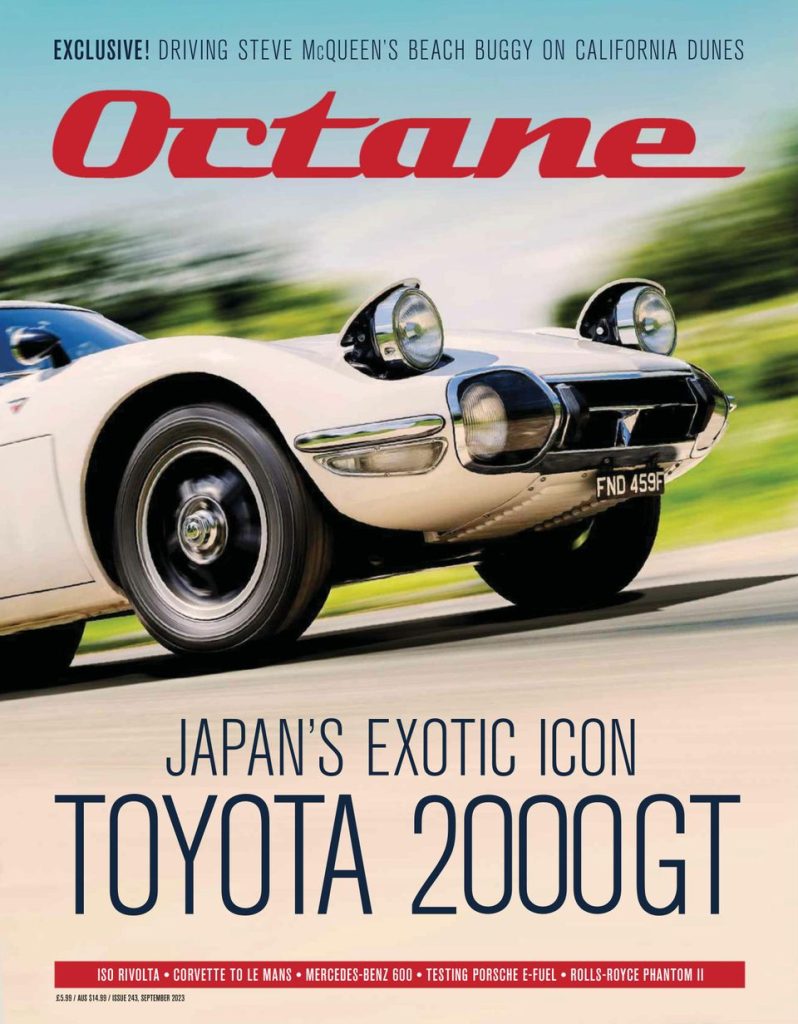
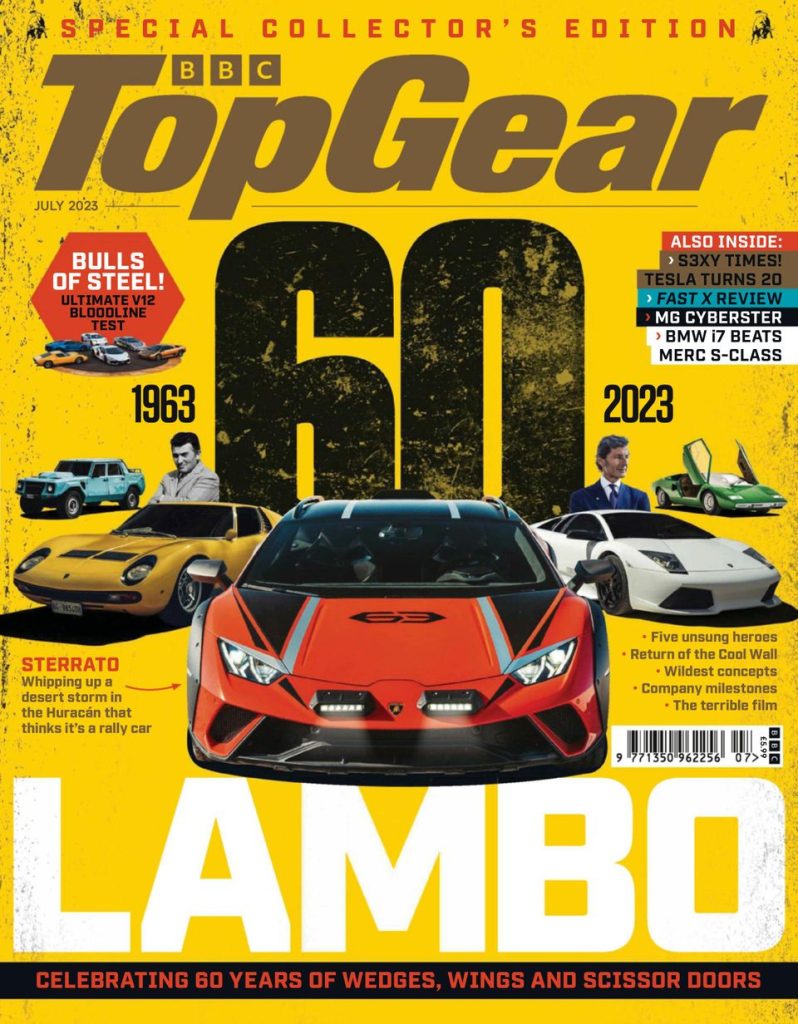
Autovia effectively dissolved itself entirely by selling its weekly Auto Express and the monthly EVO this month (February 2024), putting them in the hands of car-buying website Carwow as digital media swallowed up legacy paper. And it’s also a strangely precarious time for Top Gear magazine, albeit for different reasons. This monthly general-interest car-comic was launched in 1993 and has supported the corresponding BBC TV show ever since. It used to sell truckloads when its covers were spiced by the comedic mugshots of Jeremy Clarkson, James May, and Richard Hammond. Trouble is, they all left ages ago, and the programme is taking a sabbatical from TV screens after a controversial crash while filming, and so the associated mag now cuts a rather sheepish, adrift presence down at the newsagent’s.
The turmoil is everywhere.
It’s all a far cry from the 1970s, when car magazines were paper-munching trophy assets in long-gone mega-firms like IPC. The editors were god-like, life was ordered, and the Chinese still only made bicycles. The legendary Ray Hutton is now a good friend of mine, but when I was a teenager in 1979 reading the weekly Autocar that he edited, Ray was so important to IPC that one of the company’s chauffeur-driven cars was at his disposal whenever he needed it. I rather suspect the editor of Autocar today would have to get the Tube to Heathrow like everyone else.
I have to declare an interest here, because over the years I’ve written for almost all of the British magazines mentioned so far, and below. My introduction to the car mag world was in 1985 when I joined Classic & Sports Car, then just two years old but leading the charge in the prevailing classic car craze. I was, of course, a lowly editorial assistant, and that meant a semi-apprenticeship in putting magazines together (later on I was the editor of this and some others). To give you an idea of those dinosaur days, the words began life on a manual typewriter, the editing was done using paper strips called galleys, and every month involved at least four days at the printer’s being bellowed at by Cockney typesetters. Very occasionally you got to drive a car or go to an event. In a magazine of 160 pages, we usually had eight colour ones.
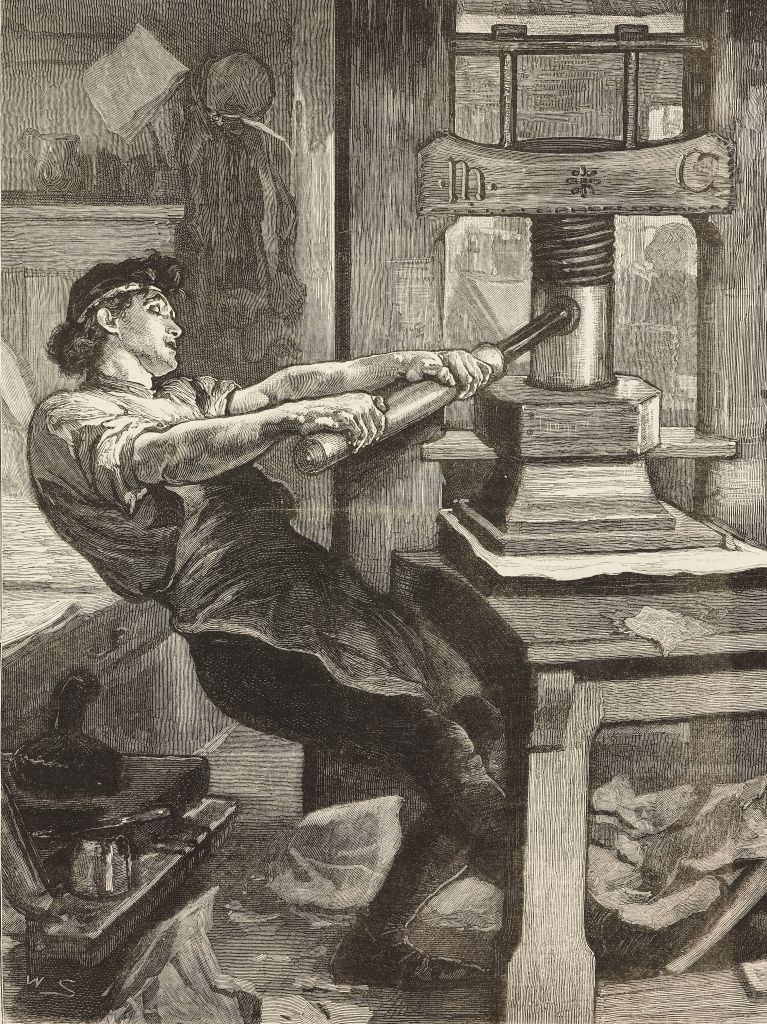
Car magazines were booming. There being no internet, buying a printed magazine from WH Smith or by subscription was the only way you could glean what was happening inside Jaguar or Ferrari, unless you knew someone who worked there. Not surprisingly, car mags held a lot of sway in the industry, and to work on one was to feel pretty pleased with yourself.
Autocar was housed in the office next to Classic & Sports Car, and that had once been home to legends like SCH ‘Sammy’ Davis, who won at Le Mans for Bentley, and Jaguar engine genius Harry Mundy. True history-shapers. Fellow weekly Autosport, with its band of lap-time obsessives, was just up the corridor (as they walked along it, some of their journalists actually made racing car noises!), but the publishing company’s crown jewel was What Car?, the dry monthly data-bible whose readership of middle-class Brits was carefully sizing up their next car. Most readers only needed to buy three issues, and that was it, job done, car bought, and they’d be back in five years’ time. But there were enough of them at any one time to sustain a circulation of 100,000 and more.
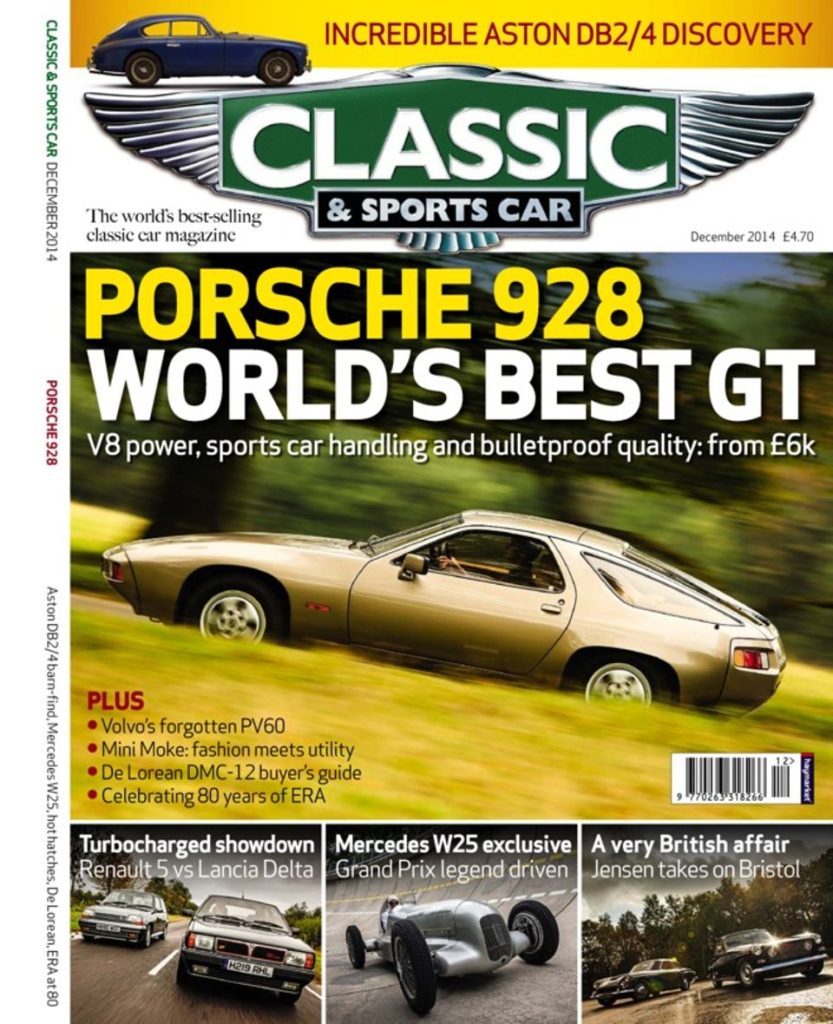
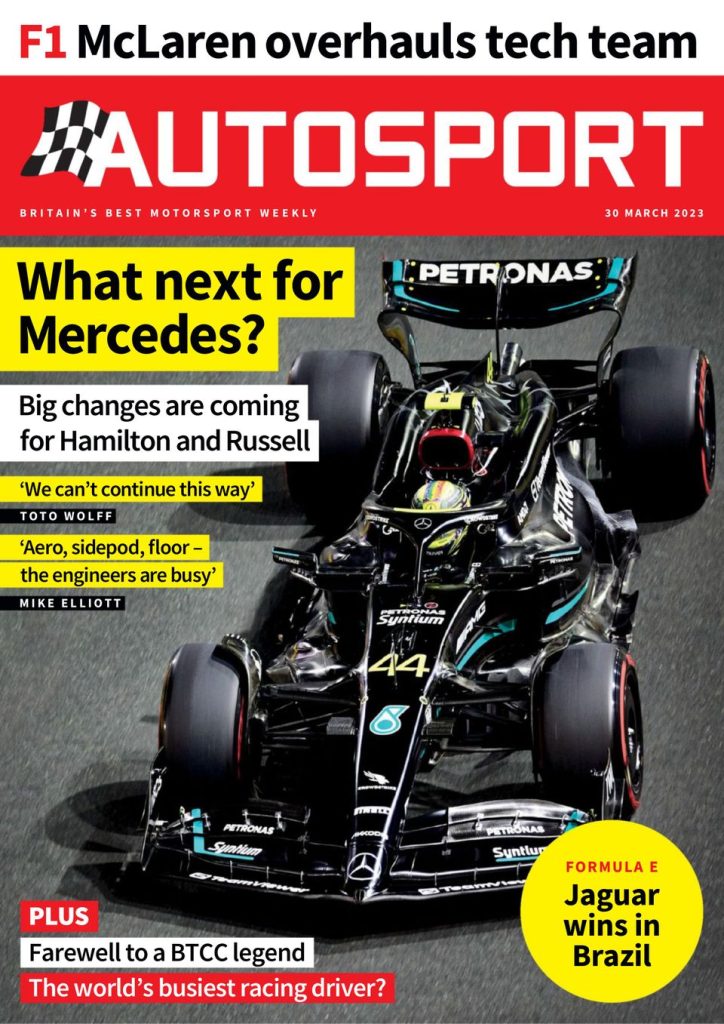

This portfolio of prized periodicals was ultimately owned by the government minister Sir Michael Heseltine. While he was busy running the country, his trustees used his family fortune to invest in car magazines. The advertising that they all carried – from grubby classifieds to slick back covers – was immensely profitable because, as I mentioned earlier, the online marketplace did not exist. So you could advertise your secondhand BMW 323i in the back of Autocar or the small ads in the Macclesfield Daily Examiner. Which do you think would attract the most likely buyer?
The car-magazine industry eventually coalesced into three big rivals: Haymarket (my employer), the IPC ‘Ministry of Magazines’, and the upstart EMAP – the East Midlands Allied Press local newspaper group that expanded into mags. EMAP’S breakthrough was Practical Classics in 1980, the first classic car mag truly focused on nuts and bolts, and happily still going strong today. Car magazine, meanwhile, was a successful independent monthly with an erudite reputation, while Alternative Cars represented the more here-today-gone-tomorrow nature of many short-lived contenders.
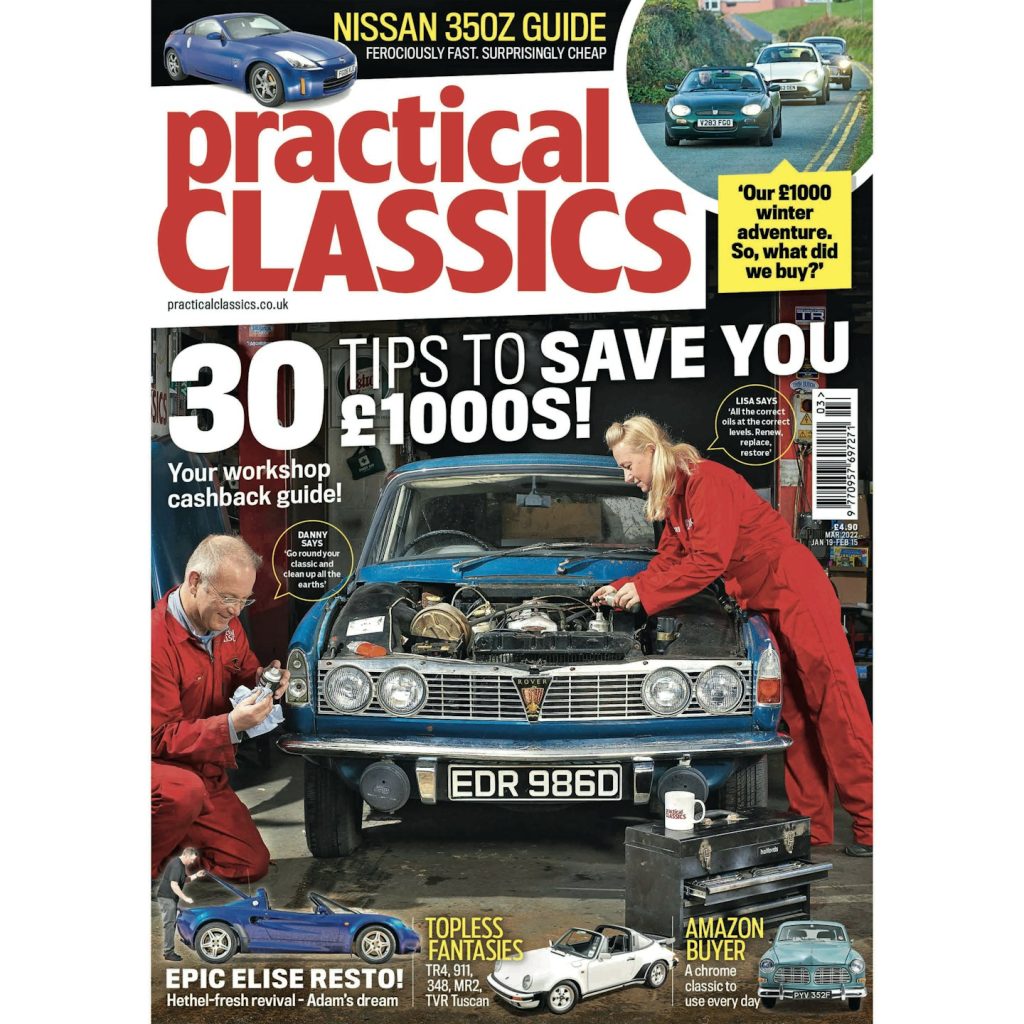
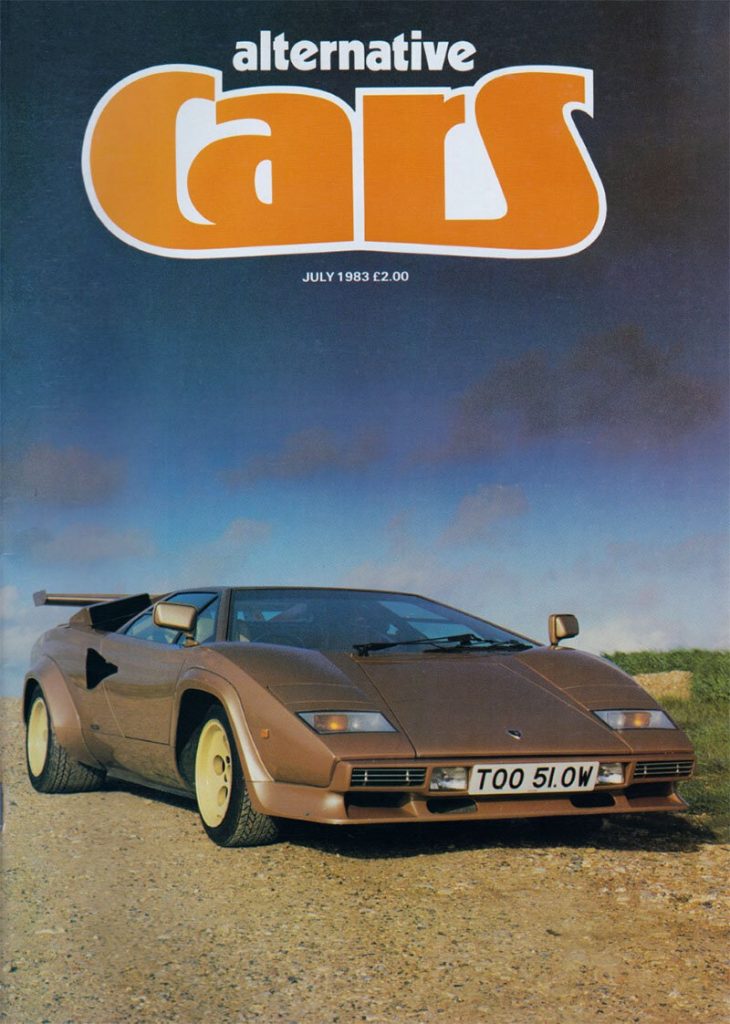
In my own subdivision of classic car magazines, circulations were so big that the subject could be sliced and diced even further. I launched an earthy magazine called Your Classic in 1989, aimed at younger fanatics buying their first old cars, while the toffee-nosed Supercar Classics of 1987 tilted itself at the upper echelon of the market. Both are long-dead.
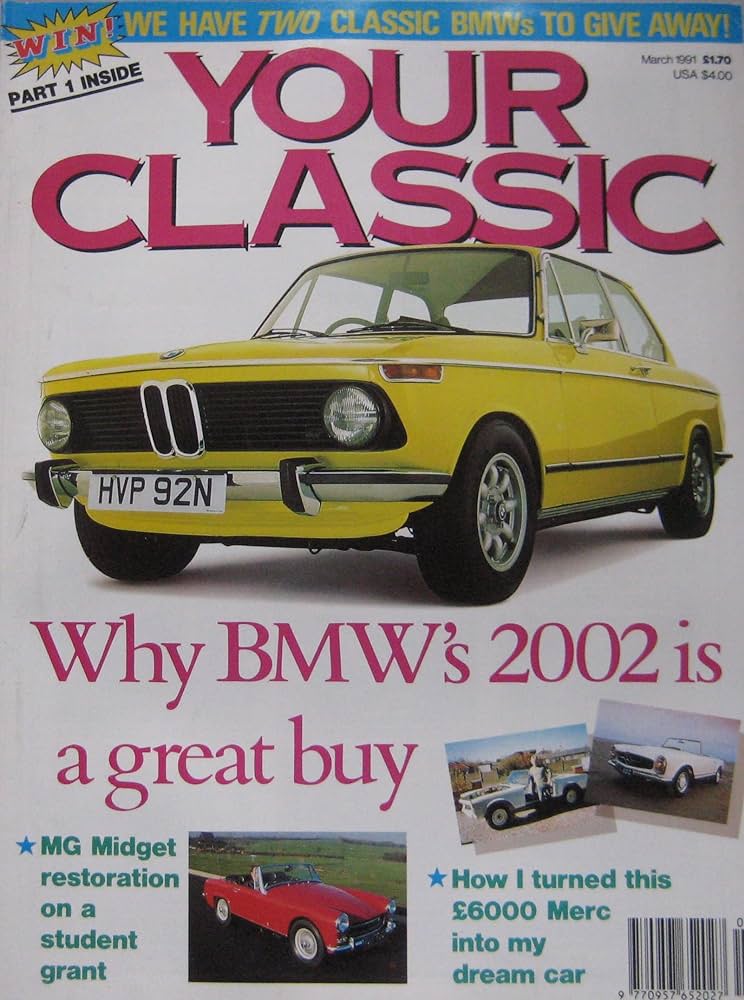
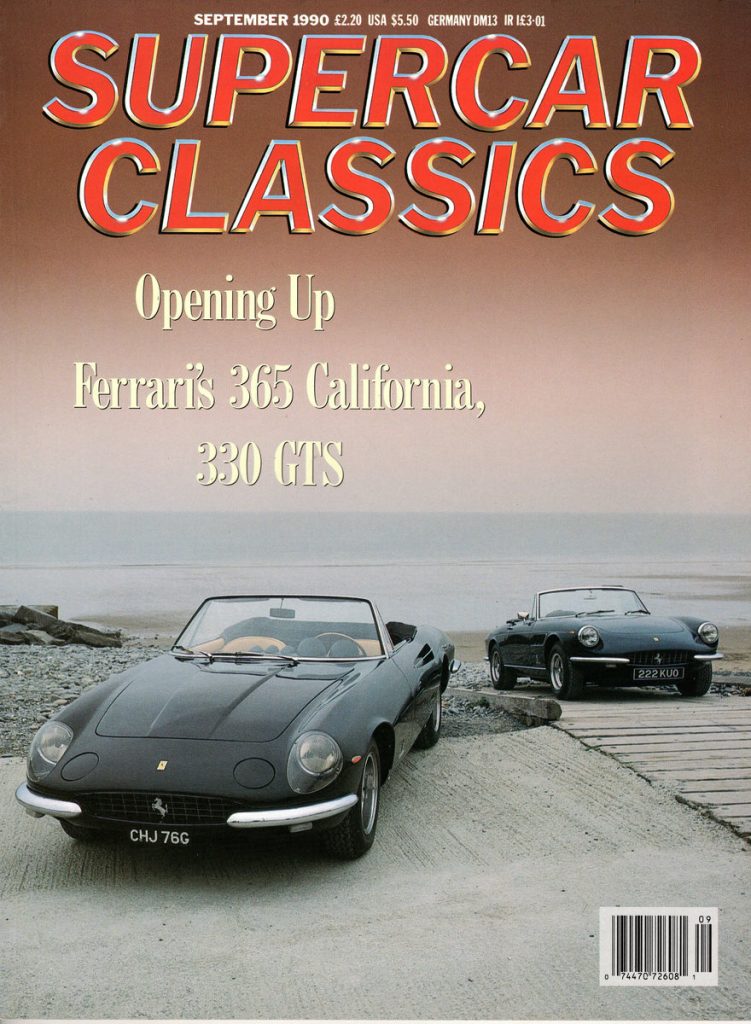
Oddly enough, I only discovered recently the very first ‘old car’ magazine of all in Britain was once again down to that fascinating character Bill Boddy. He started his Vintage & Thoroughbred Car in 1950 and Gordon Cruickshank – the long-standing deputy editor of Motor Sport today – believes the venture was an illicit side-hustle that he ran from his workplace at Teesdale Publishing.
Meanwhile, Classic Cars, launched in October 1973 by IPC, had been the first proper classic car magazine. It all came about because the sports editor of Motor, Michael Bowler, shared a passion for old cars with the art editor of Autocar, Lionel Burrell. The weekly arch-rival rags were then, in 1971, both owned by IPC, and these two nostalgists often chatted about their weekend shenanigans getting covered in oil by their old cars at various race circuits.
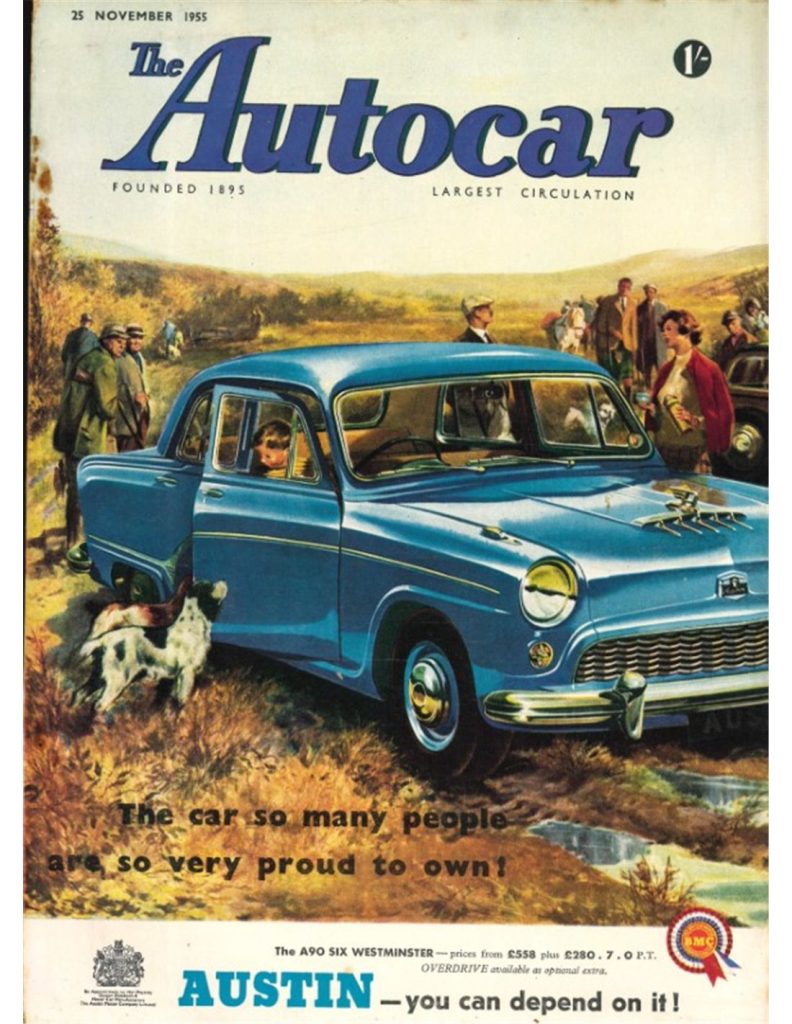
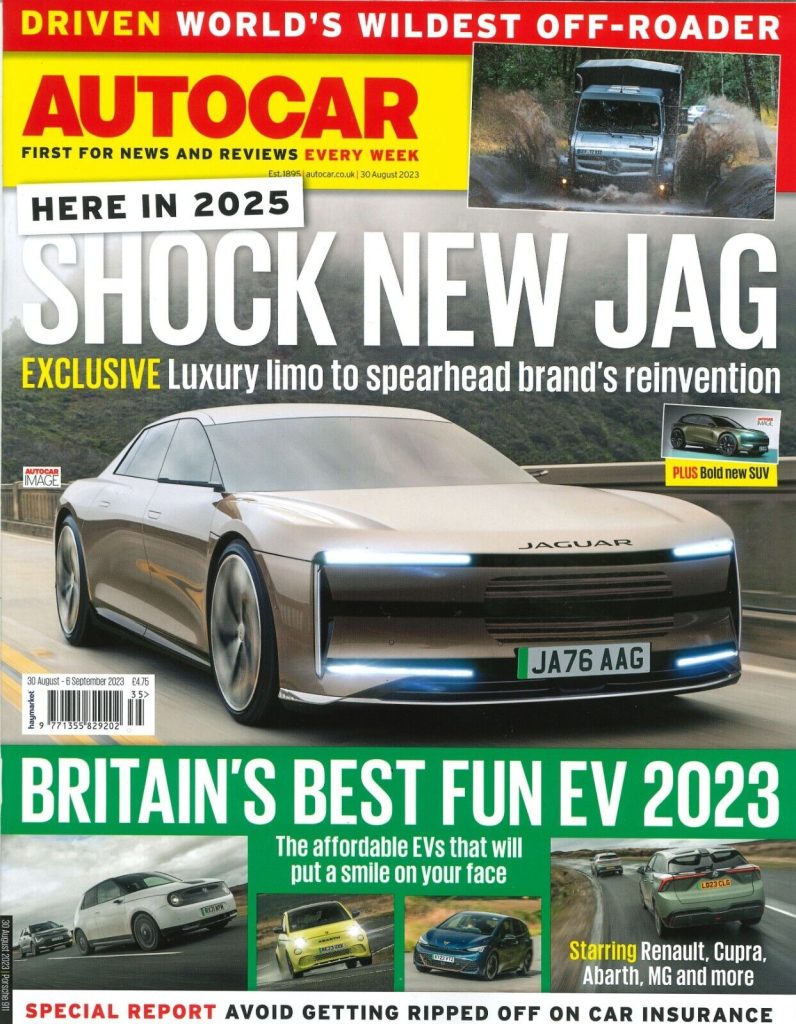
“We used to meet on the back stairs and plot how we’d start this old car magazine,” Michael told me, “and we sold the idea of the first classic car magazine to the top brass.” The clincher was the advertising. The back pages of Motor Sport were stuffed with ads for 1950s and ‘60s cars, but the editorial pages loftily ignored the period. “So there were a lot of people interested in cars of that period sold by [the dealer] Dan Margulies and the like who weren’t being catered for. When our advertising manager went out to try and sell space, people asked ‘Is Danny advertising?’ and as he was then they’d advertise too. If Danny said it was OK, then it was OK!
“We recruited Jonathan Wood from Car Mechanics and we gave him a Rover P4 for his company car! For me I persuaded them to buy my father’s Jensen 541 for me to use, then later I ran a Fiat 2300S and a Triumph Stag. From that point on it was exciting to see it grow. We went up through 100,000 monthly sales just as Motor Sport was crashing down through 100,000.”
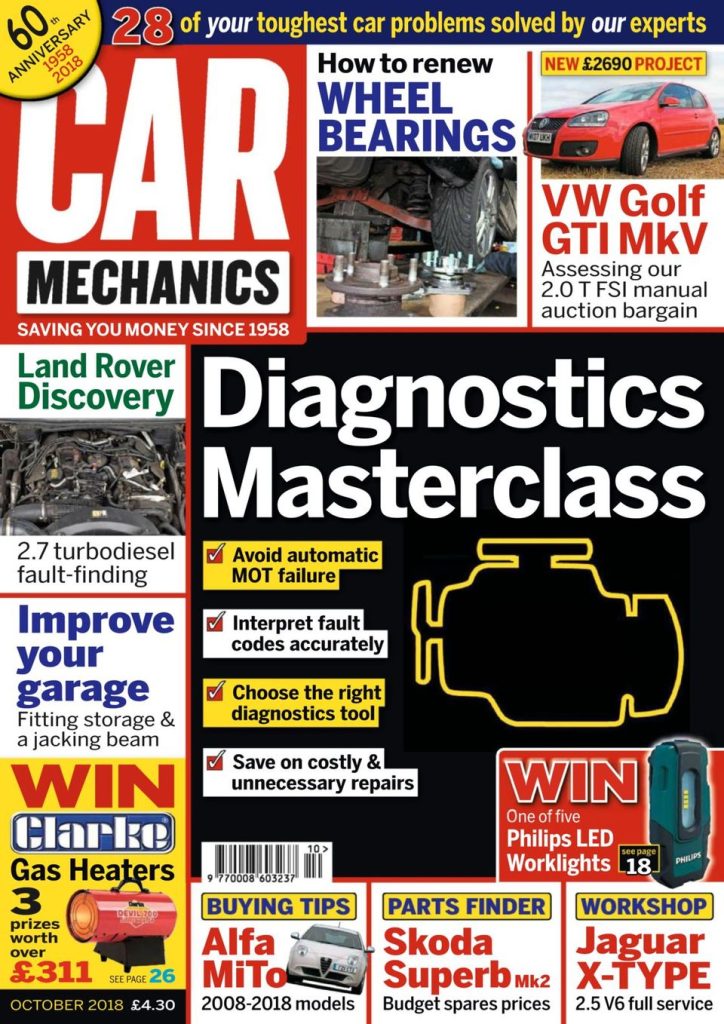
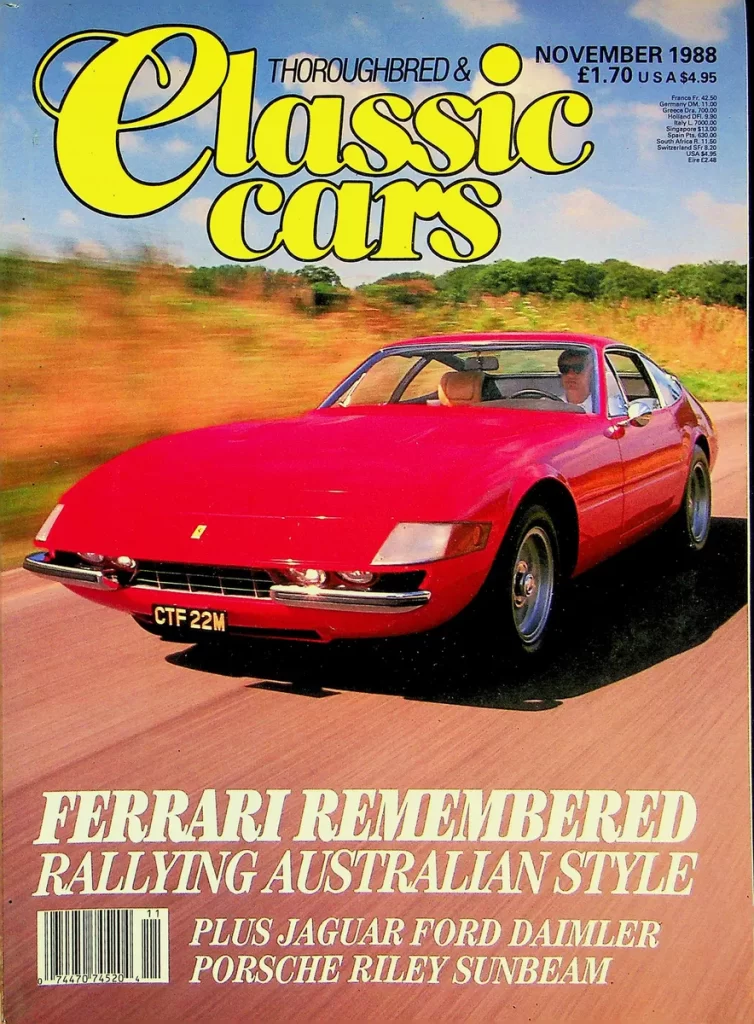
One hurdle Michael hadn’t anticipated was outrage at the magazine’s title; not from a rival publisher but from New World upstarts. The Classic Car Club Of America felt, Michael recalls, that its “definition of classic cars as pre-1941 was sacrosanct, and therefore could we do something about it, please.” After two years on bookstalls, and anxious not to harm US sales, the masthead was tweaked to Thoroughbred & Classic Cars. “I think it came from the term for post-vintage thoroughbreds of the ’30s – cars we also covered.”
There’s no car magazine in the UK, possibly even the world, to rival Autocar, which at almost 130 years old has covered the development of the automobile in weekly paper chunks more intensely even than the venerable Motor Sport, including some of the most forensic contemporary road tests you’ll ever read. Never mind the cheery wafflings of today’s social media influencers; Autocar’s test team were essentially white-coated scientists, analysing everything from the ‘feel’ in the steering to the height of the boot lip. You might have read clichés such as ‘corners like it’s on rails’ and ‘the controls fall easily to hand’ everywhere else, but not here.
I worked on some bumper Autocar issues in my time there, for its 5000th road test in 1992 and for its 100th birthday issue in 1995, and just making an outline list of the highlights we could revisit took a team of us several weeks. As you read this, I have a feeling the Motor Sport staff are doing the very same thing in advance of their own celebrations in July this year.
So, happy birthday, Motor Sport, century-old bastion of the traditional, printed car magazine, and may your influence continue to keep the genre alive forever…










What about “Automobile”; now in it’s 42nd year?